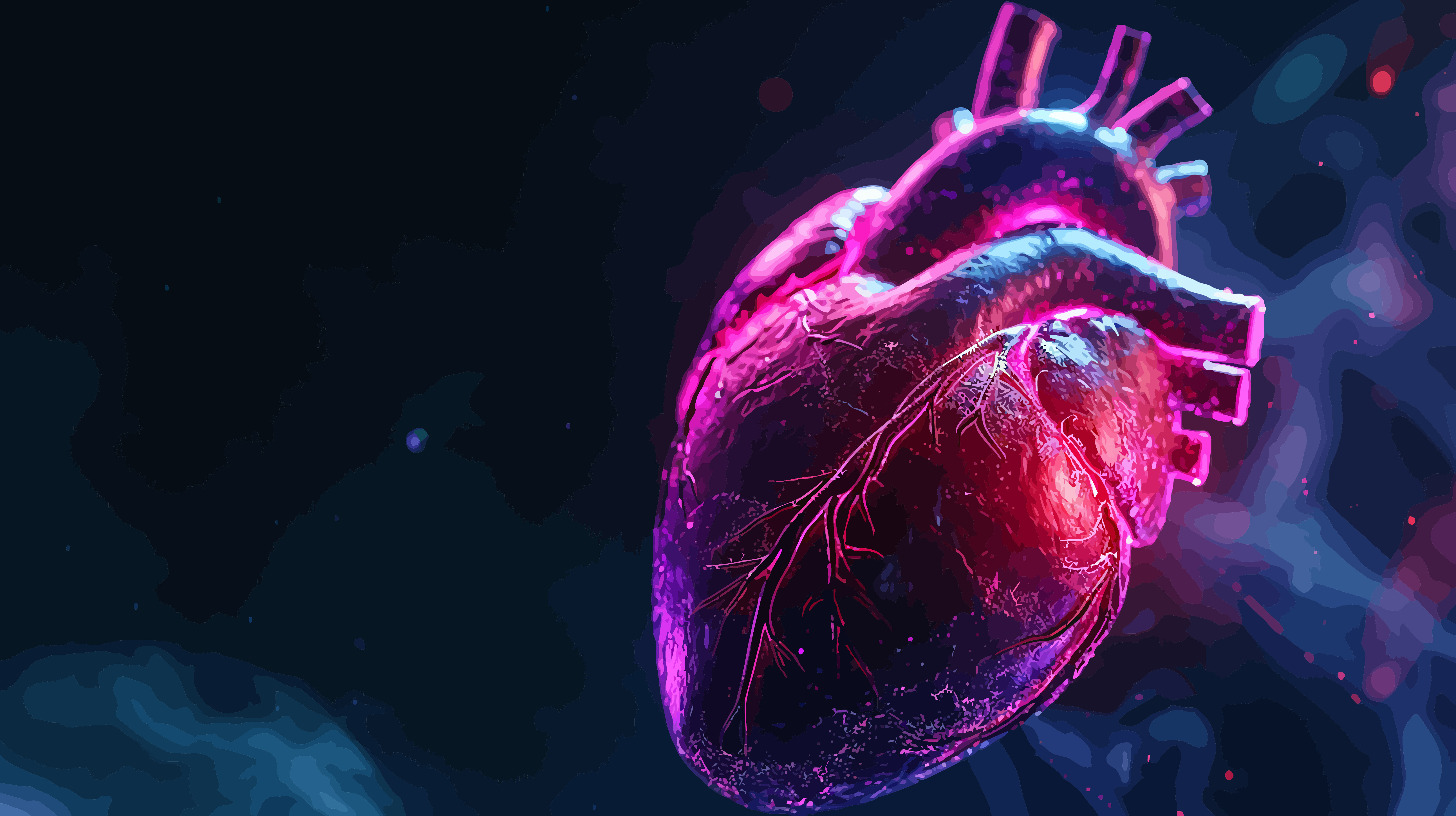Scar Tissue Massage and Management
:max_bytes(150000):strip_icc()/GettyImages-157649156-5a0b58c49e94270037ccf4f5.jpg)
Physical therapists commonly use scar tissue massage to help remodel scar tissue that has developed in injured tissue. You might have this type of physical therapy after you experience an injury that results in a buildup of scar tissue, including:
- Surgery
- Fracture
- Soft tissue injuries like sprains and strains
This article explains how scar tissue develops and the techniques involved in managing it.
Jan-Otto / Getty Images
What Is Scar Tissue?
Collagen (a protein found in muscles, bones, and other tissues) forms scar tissue. After an injury, your body lays down collagen that will become normal healthy tissue.
Collagen that develops under typical, healthy circumstances aligns to give your tissue strength. However, the collagen cells that form in response to an injury do so randomly. This sporadic layering leads to the buildup of scar tissue.
Scar tissue can develop almost anywhere in the body. Some examples of how scar tissue appears include:
- After surgery: Scar tissue will develop where the surgical incision is. For example, if muscles and tendons were cut or repaired, scar tissue would grow there.
- After muscle injuries: In a hamstring tear or rotator cuff tear, scar tissue will develop in the muscle as it heals.
- After a fracture: Bony scar tissue, called a callus, will form on the bone after a fracture.
Click Play to Learn How to Break Up Scar Tissue
Is Scar Tissue Permanent?
Scar tissue is not a permanent fixture in the body. After it forms and heals, the scar must remodel.
Remodeling is a natural part of the healing process. During remodeling, your body rebuilds the scar so that it becomes stronger and more similar to the tissue that was there before the injury. This adjustment is necessary so the new tissue can tolerate the stress and forces that the body typically experiences in a day.
Remodeling
Stretching and pulling the area helps the remodeling process. This stretching allows the collagen to align and return to normal.
Remodeling is essential to ensure that your injured tissue regains normal range of motion, strength, and mobility. When scar tissue doesn’t remodel correctly, it can lead to mobility loss and joint contractures (a shortening and tightening of fibers that make movement difficult).
How Long Does Remodeling Take?
Everyone is different and heals at different rates. In general, it takes about six to eight weeks for injured tissue to remodel entirely. If the wound does not heal within eight weeks, contact your healthcare provider.
Scar Tissue Management Techniques
If you have developed scar tissue after an injury or surgery, your physical therapist (PT) may perform a scar massage on the injured tissue to help with the remodeling process. They may also instruct you or a family member how to massage scar tissue properly.
Talk to Your Healthcare Provider
Check with your healthcare provider or physical therapist to ensure that your scar is properly healed before having a scar tissue massage. Massaging a scar that is not fully healed can damage the developing scar tissue, which can delay healing.
In addition, massaging an unhealed scar may open it and lead to bacteria and infection in your body, something that could lead to serious complications.
Lubrication
Usually, PTs use a small amount of lubrication during scar massage such as baby oil, lotion, or vitamin E oil. Lubrication keeps the scar and skin flexible and soft during scar tissue massage.
Do not use lubricants if you have any open sores or incisions, as it could lead to an infection.
Cross Friction Massage
One effective method of scar massage is called cross-friction or transverse friction massage. This technique involves using one or two fingers to massage along the scar line.
This technique helps to remodel the scar. It also ensures that the collagen fibers of the scar are correctly aligned.
PTs commonly use cross-friction massage to treat the following:
The technique is performed for five to 10 minutes. If instructed to do so, you may be able to perform scar tissue massage on yourself two to three times per day.
Myofascial Release
Myofascial release (MFR) manages scar tissue and the adhesions that may accompany it. The technique involves using the hands to massage the skin and underlying tissues around the scar.
Motions are slow, and the amount of force is usually light. Your PT can feel for tissue restrictions, called fascia, in various directions. They can then work to improve movement in those restricted directions.
Instrument Assisted Scar Tissue Massage
A relatively new technique used in physical therapy is called instrument-assisted soft tissue mobilization (IASTM). This technique uses special stainless steel instruments of various shapes and sizes to massage and move tissues. Your PT may use this technique by rubbing your scar tissue with an instrument to “break up” the tissue.
However, research to date hasn’t made a compelling case for the effectiveness of IASTM.
Stretching
Another standard method to help remodel scar tissue is stretching and flexibility exercises. Stretching can help lengthen the injured tissues and improve their overall movement.
If you have had an injury or surgery, your physical therapist is likely to incorporate both scar massage and stretching into your rehabilitation program.
Stretching scar tissue may be an essential component of your recovery. Most PTs agree that prolonged, low-load stretching (slow, moderate stretching held for a long time) is necessary to help you fully remodel scar tissue.
Scar Management After Fracture
The scar tissue in the bone is called a callus. It is present for four to 12 weeks after a fracture.
If you have broken a bone and have started physical therapy, your therapist may massage the overlying tissue near the callus. This technique helps restore normal mobility. If you have had surgery to repair the broken bone, scar massage over your incision may also help.
Another way to improve callus formation in bone is by performing weight-bearing exercises. The bone grows in response to the stress that is placed on it (known as Wolff’s law).
Does Science Support Scar Tissue Massage?
Although more research is needed, some evidence suggests that massages may provide moderate-to-strong pain relief for burn scars. A 2020 meta-analysis examined massage as a type of physical scar tissue management. Specifically, it looked at its effect on:
- Pain
- Pigmentation
- Pliability (how elastic the scar is)
- Pruritus (itchiness)
- Surface area
- Scar thickness
One study included in the meta-analysis found that massage may significantly improve the pliability of burn scars. The meta-analysis also concluded that massage therapy may have a moderate effect on pruritus.
Two studies in the meta-analysis found that massage could help reduce the thickness of scars, but two other studies found no such benefit. The authors noted that the length of the massage treatment (30 minutes versus five) may account for the differences in the findings.
Can I Self-Massage a Scar?
Yes, you can self-massage a scar. Self-massage is safe and can be particularly effective given that you can easily adjust the pressure and location of the massage according to the sensations you feel.
You can start self-massaging a scar as soon as the wound is healed and any stitches you may have had are removed. All you need is a water-based cream or skin-safe plant oil to lubricate the skin. Olive oil, grape seed oil, coconut oil, and jojoba oil are all great options due to their wound-healing properties.
How to Massage a Scar
To massage a scar, start by applying a generous amount of water-based cream or plant oil to the scar. Then:
- Using the pads of your fingertips, massage the scar and surrounding skin in all directions.
- Massage up and down, side to side, and in circular motions.
- Begin with light pressure then gradually press deeper into skin tissues.
- Pay close attention to your pain. Mild tenderness is normal, but massage should never be painful.
Your healthcare provider may have specific directions for how often you should massage the scar and how long each massage session should last.
Do Massage Guns Break Up Scar Tissue?
Massage guns are effective for targeting deeper skin layers and stimulating healing blood flow. But while there is plenty of anecdotal evidence in support of using them to break up scar tissue, this effect has yet to be proven by clinical studies. Ask your healthcare provider before using a massage gun to ensure your wound is completely healed and ready.
Summary
Scar tissue massage is a form of rehabilitation that uses pulling and stretching to remodel scar tissue. Scar massage helps you regain mobility and strength in your damaged tissue.
PTs use a variety of techniques in scar massage. Additionally, they may instruct you how to do the exercises on your own at home.
link






